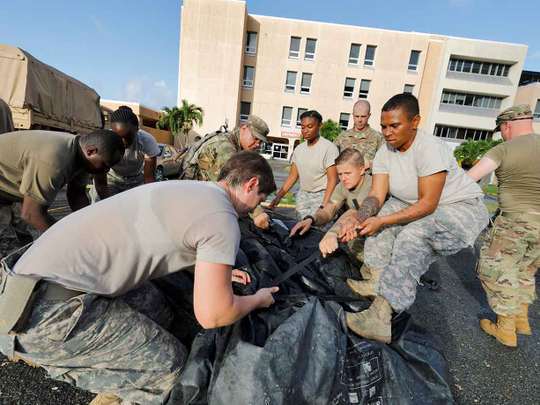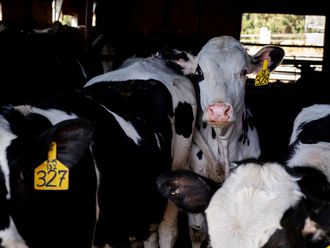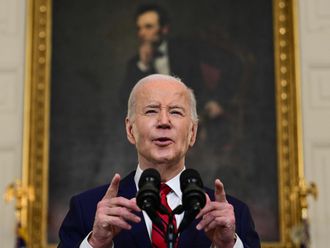
Washington: Maria became a hurricane Sunday as it headed towards the storm-staggered eastern Caribbean with 120 kilometre per hour winds, the US National Hurricane Center said.
Storm warnings and watches went up in many of the Caribbean islands still reeling from the destructive passage of Hurricane Irma earlier this month.
As of 2100 GMT, Maria was a Category One hurricane, the lowest on the five point Saffir-Simpson scale, located 225 kilometres northeast of Barbados, the NHC said, bearing west-northwest at 24 kilometres an hour.
“On the forecast track, the center of Maria will move across the Leeward Islands Monday night and then over the extreme northeastern Caribbean Sea on Tuesday,” it said.
Hurricane warnings were triggered for St Kitts, Nevis and Montserrat, while lesser ‘watches’ were issued for the US and British Virgin Islands where at least nine people were killed during Irma.
A warning is typically issued 36 hours before the first occurrence of tropical storm-force winds while watches are issued 48 hours in advance.
Tropical storm warnings were, meanwhile, issued for Martinique, Antigua and Barbuda, Saba and St Eustatius and St Lucia.
Barbuda was decimated by Hurricane Irma September 5-6 when it made its first landfall in the Caribbean as a top intensity Category Five storm.
The NHC said Maria could produce a “dangerous storm surge accompanied by large and destructive waves” that will raise water levels by four to s1.2 to 1.8 metres when it passes through the Leeward Islands.
It also forecast a maximum potential rainfall of 51 centimetres in the Leeward Islands, Puerto Rico and the US and British Virgin Islands through Wednesday night — conditions that could cause life-threatening flash floods and mudslides.
A second hurricane, Jose, is also currently active in the Atlantic and has triggered tropical storm watches for the northeastern United States.
Irma left around 40 people dead in the Caribbean before churning east and pounding Florida, where at least 20 people were killed.
France, Britain and the Netherlands have been criticized for the pace of relief efforts in their overseas territories amid widespread shortages of food, water and electricity.












